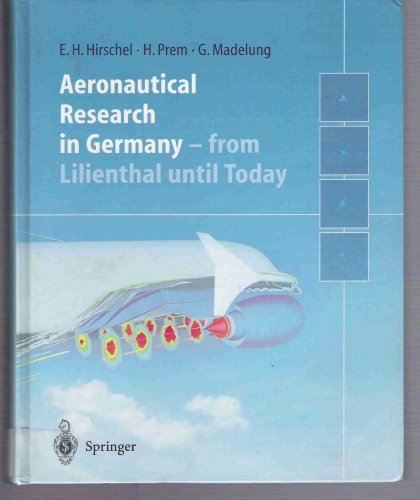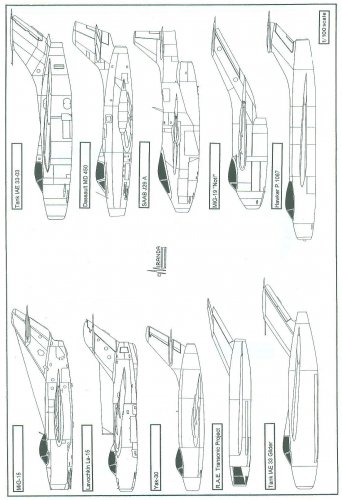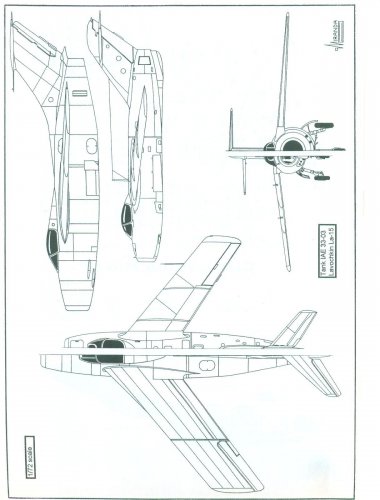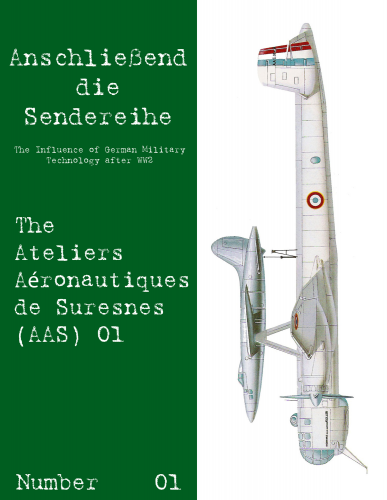Pelzig
ACCESS: Secret
- Joined
- 23 October 2008
- Messages
- 448
- Reaction score
- 82
Within another thread, I kicked this can around but figured it could use its own thread. One thing I've always been interested in was how much, immediately after WW2, German military technology influenced the winning powers. Examples include the French AAS 01A and 01B (He 274), Czech Avia S-92 (Me 262), Junkers EF 126 (continued by the Russians), Ju 287 (also continued by the Russians), JB-2 Loon (U.S. copy of the Fi 103), etc. Also included would be other weapon systems such as the SS-1 Scunner (Russian copy of the V-2), the French AMX-50 tank (which was derived from the Panther), the StG-45 assault rifle (whose legacy was carried into French and Spanish small arms), the Swiss G-13/Czech ST-1 (continuations of the German Hetzer tank destroyer), and so on.
Anschließend die Sendereihe translates as "Afterwards Series" and seemed appropriate to the title. My proposed design would be very similar, if not a version, of the old Profile Series from the 1960s and 1970s. These were very short monographs, normally not more than 12-16 pages, on a particular topic. Asides from photos, there were usually color profiles.
Each booklet would be completely digital and offered as a e-book (PDF) or formatted for markets like Amazon's Kindle. The reason for this is purely economical in which it is economical to produce (as compared to physical print media which requires bulk production orders to even get a low, per-book cost) and also economical to the customer in terms of a very low price.
What would be the interest in such a series? Comments welcomed and appreciated.
Anschließend die Sendereihe translates as "Afterwards Series" and seemed appropriate to the title. My proposed design would be very similar, if not a version, of the old Profile Series from the 1960s and 1970s. These were very short monographs, normally not more than 12-16 pages, on a particular topic. Asides from photos, there were usually color profiles.
Each booklet would be completely digital and offered as a e-book (PDF) or formatted for markets like Amazon's Kindle. The reason for this is purely economical in which it is economical to produce (as compared to physical print media which requires bulk production orders to even get a low, per-book cost) and also economical to the customer in terms of a very low price.
What would be the interest in such a series? Comments welcomed and appreciated.







